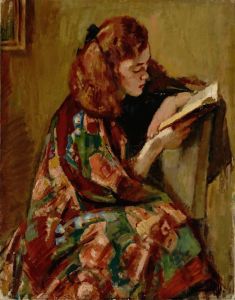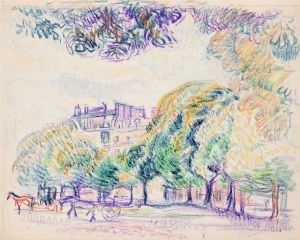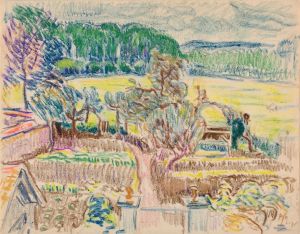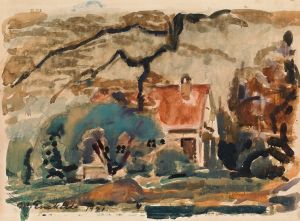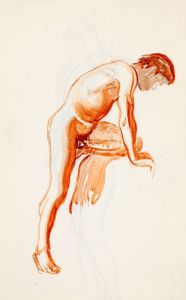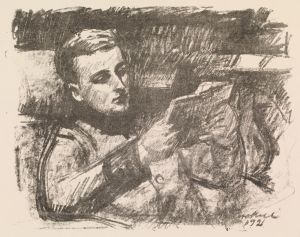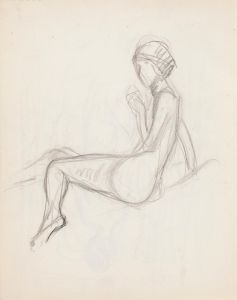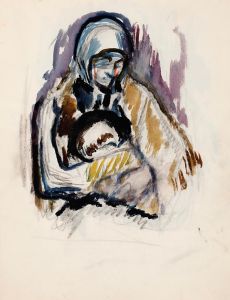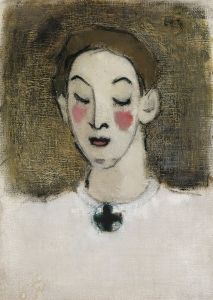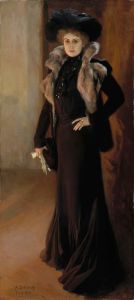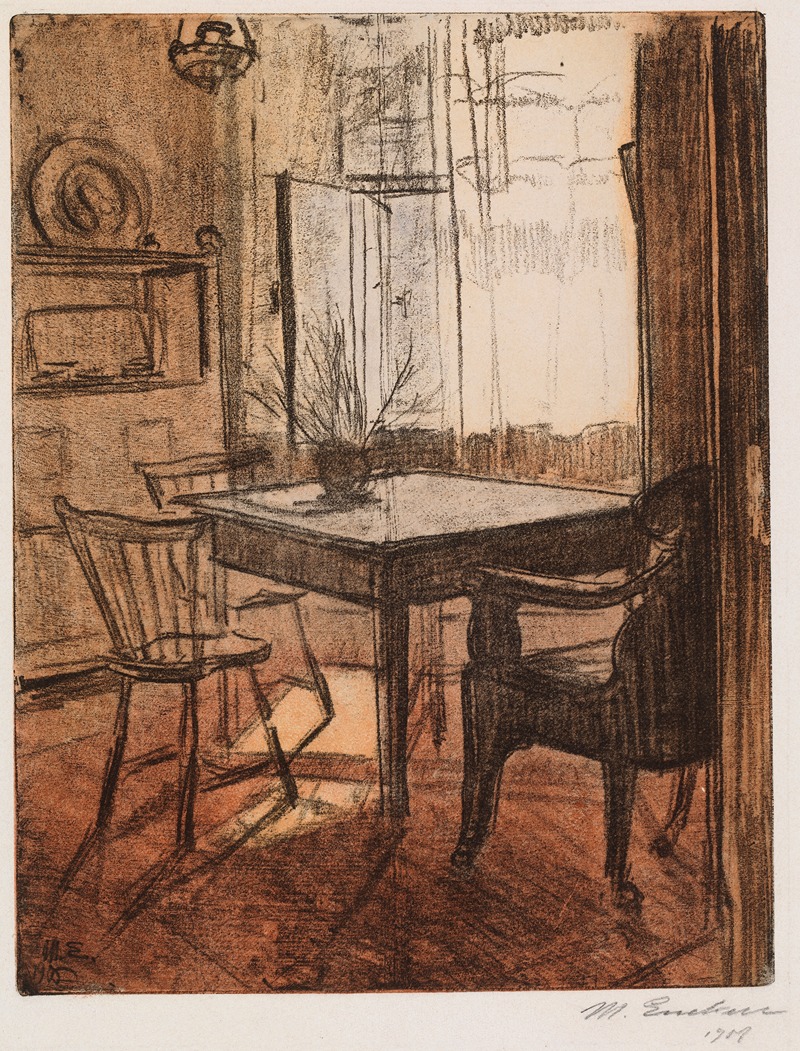
Interior
A hand-painted replica of Magnus Enckell’s masterpiece Interior, meticulously crafted by professional artists to capture the true essence of the original. Each piece is created with museum-quality canvas and rare mineral pigments, carefully painted by experienced artists with delicate brushstrokes and rich, layered colors to perfectly recreate the texture of the original artwork. Unlike machine-printed reproductions, this hand-painted version brings the painting to life, infused with the artist’s emotions and skill in every stroke. Whether for personal collection or home decoration, it instantly elevates the artistic atmosphere of any space.
Magnus Enckell's painting "Interior" is a notable work by the Finnish symbolist painter, who was a prominent figure in the Finnish art scene during the late 19th and early 20th centuries. Enckell, born on November 9, 1870, in Hamina, Finland, was known for his exploration of symbolism and his contribution to the development of modern art in Finland. His work often delved into themes of introspection, spirituality, and the human condition.
"Interior" is a reflection of Enckell's interest in capturing the subtle nuances of light and atmosphere within enclosed spaces. Although specific details about the painting's creation, such as the exact year it was painted, are not widely documented, it is consistent with Enckell's style during his mature period. This era of his work is characterized by a refined use of color and a focus on the interplay between light and shadow, which creates a contemplative and serene atmosphere.
Enckell's approach to painting was heavily influenced by his studies in Paris, where he was exposed to the works of the Symbolists and Post-Impressionists. This influence is evident in "Interior," where the use of muted tones and soft brushwork creates a dreamlike quality. The painting likely depicts a domestic scene, capturing the quietude and introspective mood typical of Enckell's interiors. The composition is carefully balanced, with attention to detail that invites viewers to ponder the narrative and emotional undertones of the scene.
Throughout his career, Enckell was associated with the Septem group, a collective of Finnish artists who sought to bring modernist ideas to Finnish art. His work, including "Interior," played a significant role in this movement by challenging traditional artistic conventions and introducing new ways of seeing and interpreting the world. Enckell's paintings often feature solitary figures or empty spaces, emphasizing themes of solitude and contemplation.
"Interior" exemplifies Enckell's mastery in creating atmospheric depth and emotional resonance through his use of color and light. The painting's subdued palette and gentle transitions between light and shadow evoke a sense of tranquility and introspection. This focus on mood and emotion is a hallmark of Enckell's work, aligning with the broader Symbolist movement's emphasis on expressing the inner experience rather than depicting the external world.
Magnus Enckell's contributions to Finnish art were significant, and his works, including "Interior," continue to be appreciated for their aesthetic beauty and emotional depth. His ability to convey complex emotions through simple, yet evocative compositions has cemented his place as a key figure in the history of Finnish art. Enckell passed away on November 27, 1925, in Stockholm, Sweden, but his legacy endures through his influential body of work, which continues to inspire and captivate audiences today.





